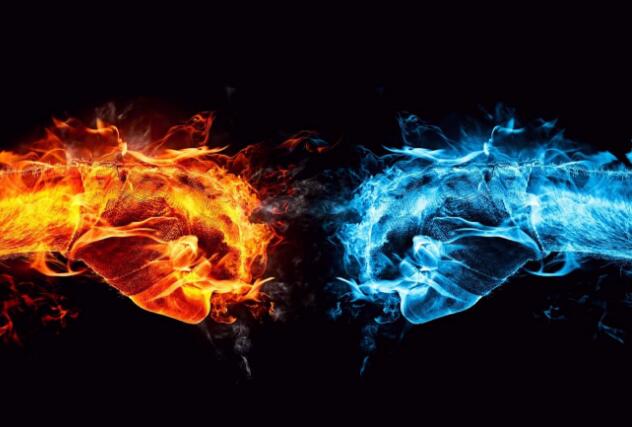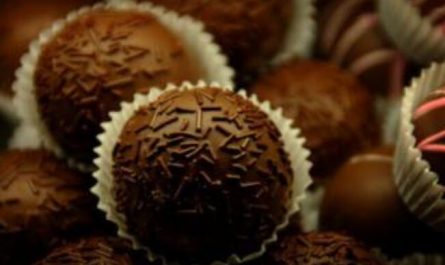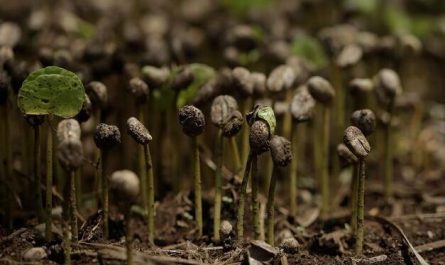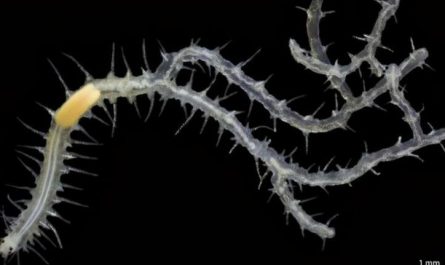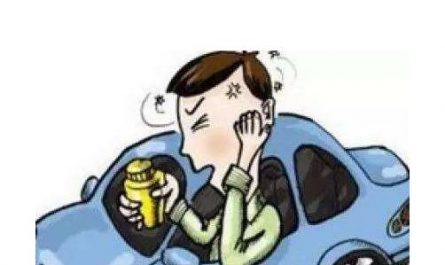We sometimes subconsciously define flames as red flames. In fact, there are many flame colors in nature. Many people will notice that the color of the branches or wood burned in a bonfire is different due to the size of the burning flame: when the fire is strong, the color of the flame is bright yellow, and the wood or branch burns closer. At the end, the flame becomes smaller, and the color of the flame will change from bright yellow to orange, then gradually red, and finally dark red. The color of a campfire is so rich, is it a bit breathtaking? So, have you ever wondered why the flame shows such a rich color change?
The color of the flame depends on two conditions, one is the temperature of the flame, the temperature is different, the color of the flame is different; the other is the element of the burning material, and different elements will produce different spectra.
For example, when the electric stove is widely used, the coil of the electric stove is black when there is no electricity. When the heating starts, the black coil becomes dark red. As the temperature increases, the coil becomes more and more red. When the temperature reaches a certain value, the coil becomes bright orange. The coil turns red, of course, it is not that the coil is burning, but the temperature of the coil is high. Testing has shown that if the temperature of the coil continues to increase, its color will continue to change, from orange to yellow and then white. When the temperature rises to the highest, the coil will appear blue. It can also be said that the appearance of blue indicates that the temperature of the coil has reached the highest value.
The color of the flame will vary depending on the elements of the burning material. When we cook with natural gas, we often find that the color of the flame is blue. The main component of natural gas is methane, and the combustion of the gas itself should be colorless. However, when methane is combined with oxygen, due to the lack of oxygen, the methane cannot be completely burned, thereby generating carbon monoxide. Carbon monoxide continues to burn after being in contact with oxygen, which is the blue flame or blue-blue flame you see.
If the chemical composition of the combustible is different, the flame will show different colors. If there is calcium in the combustible, the color of the flame is dark red; if there is copper, then the flame will be green; if it contains sodium, the flame will be yellow; if it contains potassium, the flame will be purple. The most obvious example is that blue-green flames appear in open spaces or graves at night. This is because the bones of humans or animals gradually decompose after death, and phosphine will be produced. In summer, the temperature is high, and phosphine is in contact with oxygen in the air. Will produce tiny flames.
The burning color of the compound is variegated because multiple elements burn at the same time, and each color is different. When multiple colors are mixed, white light will appear, just as the seven colors of the rainbow are mixed together, but what we see is white.
